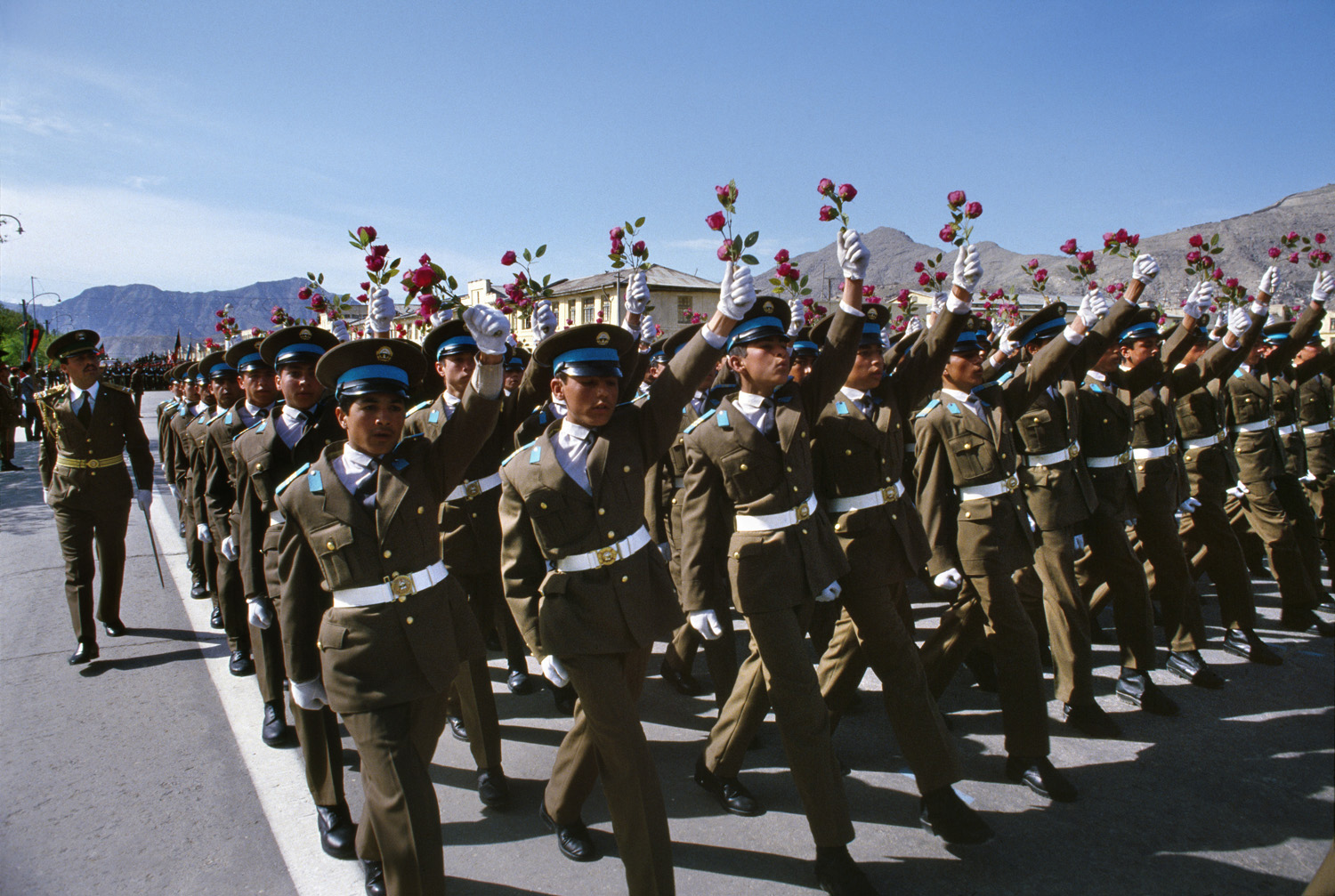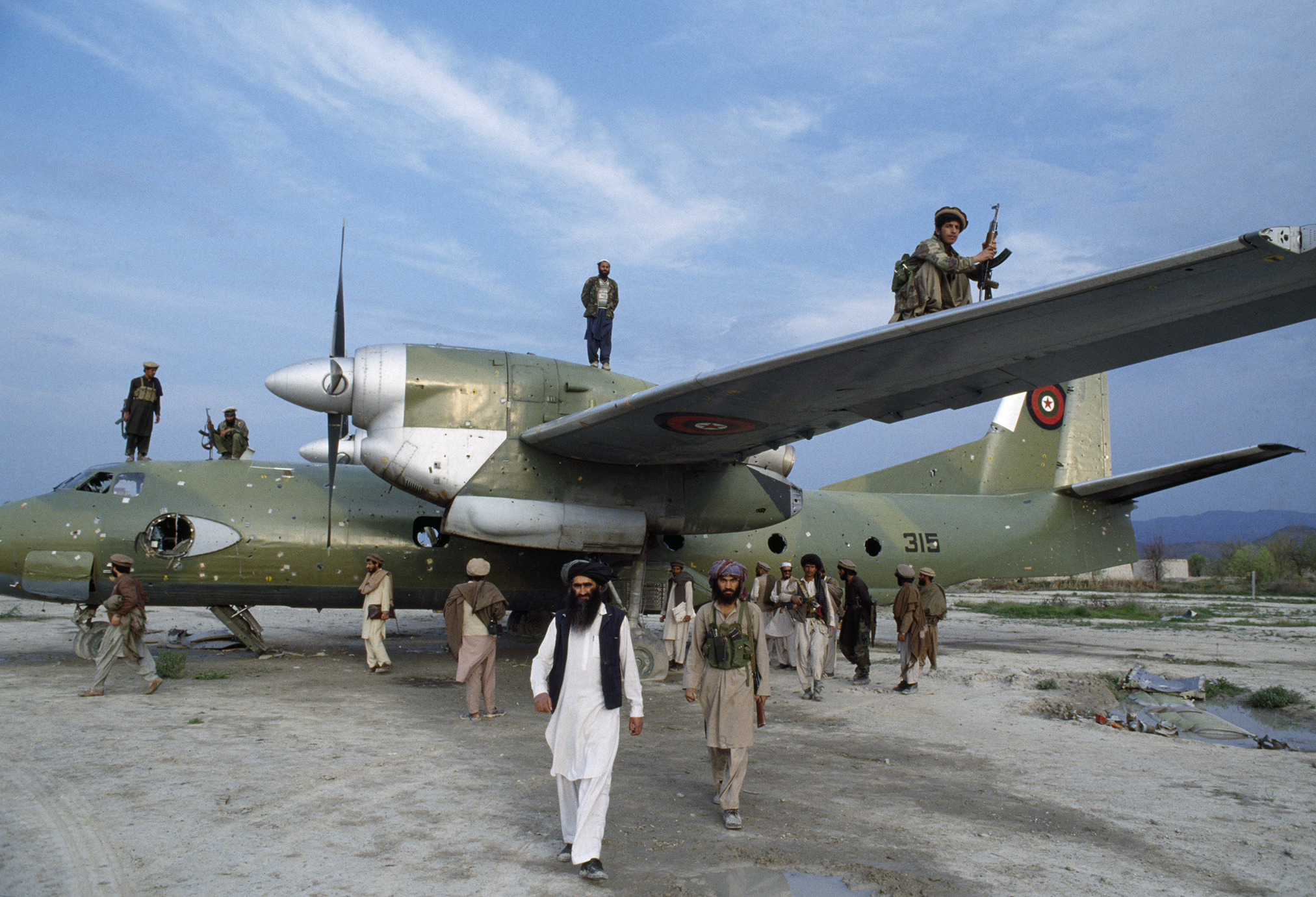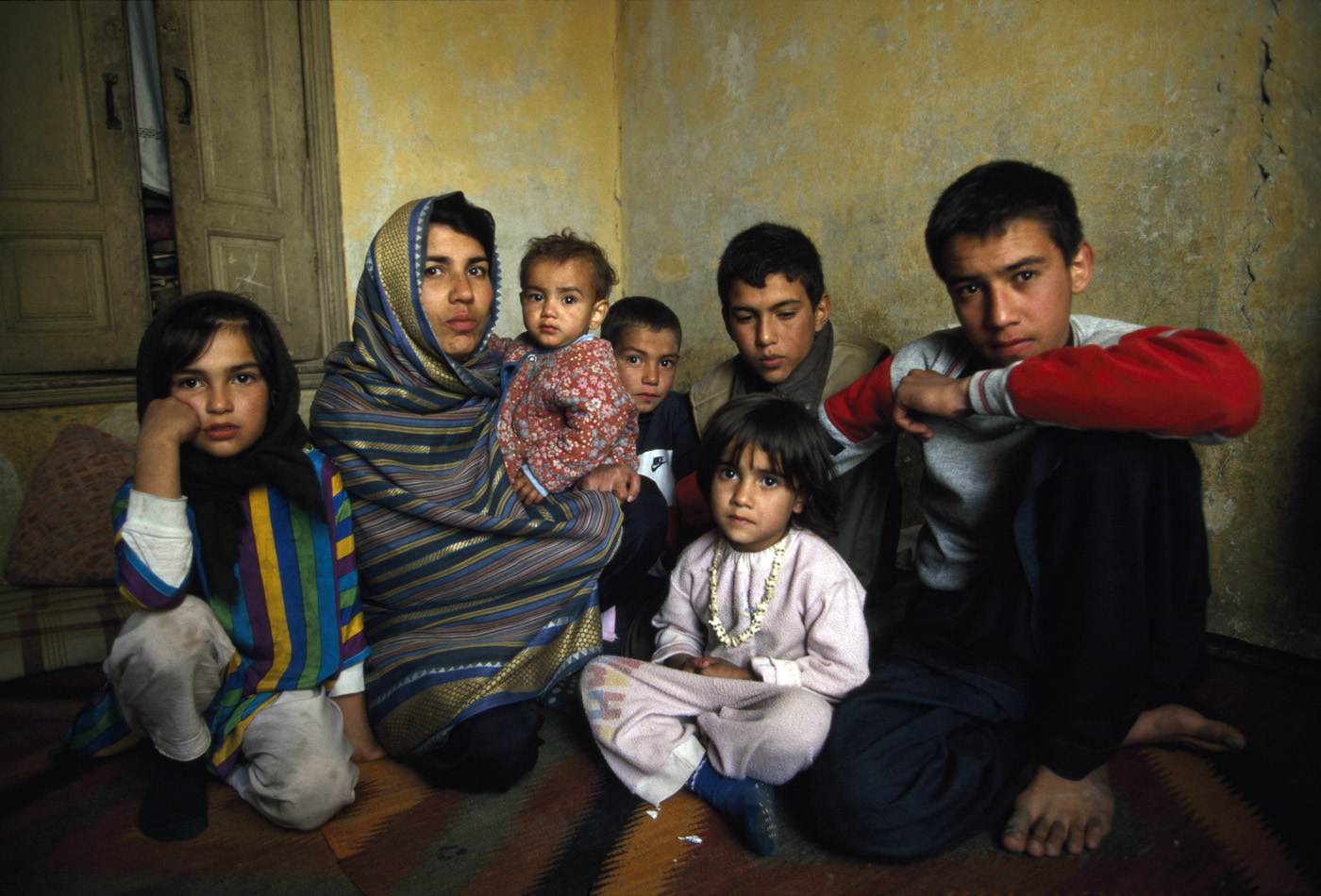Afghanistan: A Distant War
My first trip to photograph Afghanistan was in January of 1988 to attend the funeral of Afghan nationalist Ghaffar Khan, a well-known civil dissident in eastern Nangarhar Province. Half way through the ceremony two immense explosions ripped through the crowd of several hundred mourners leaving dozens injured and 15 dead. To this day, it’s unknown who planted the bombs.
This harrowing event set the stage for the next three decades that I documented Afghanistan and South Asia for Time magazine and The New York Times, and coalesced into a book called Afghanistan: A Distant War (Prestel, 2013). The Soviet Army maintained control of the country until 1989, losing a violent 10-year battle against the western and Arab sponsored mujahideen. I witnessed repercussions of the political and economic chaos rendered by the Great Game, the end of the Cold War, the rise of Islamic militancy, and the invasion and occupation of Afghanistan by U.S. and NATO forces.
The price of 40 years of war to the Afghan nation and its people are incalculable and horrifying. No outsider can fully grasp how the burdens of war are shouldered by individuals. A peaceful political settlement seemed, to me, impossible in a country where there is little practical difference between victory and failure.
My approach, then, was to seek out contradictions between government policy and real-life consequences as they were revealed in visual details. Miscalculations, such as the U.S. government’s decision to close the U.S. Embassy in Kabul in March of 1989, prompted a cascade of events whose impacts seemed abstract in the moment. However, as I watched the American flag being lowered at the U.S. Embassy at that time it was evident there would be historical consequences - the controversy and disappointment that would become the legacy of the September 11, 2001 attacks.






























